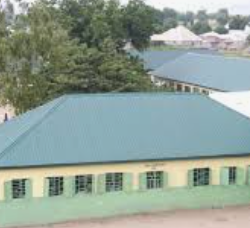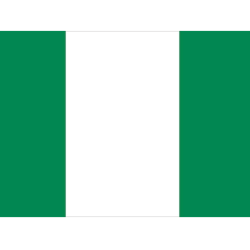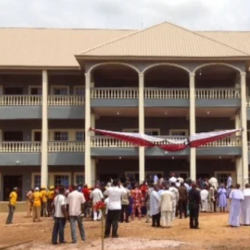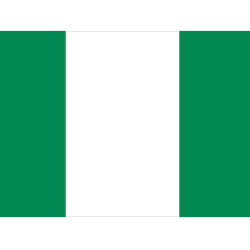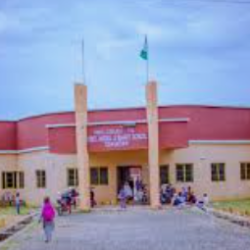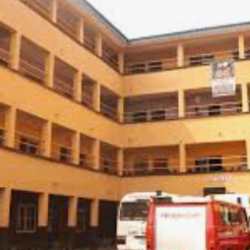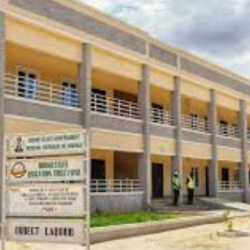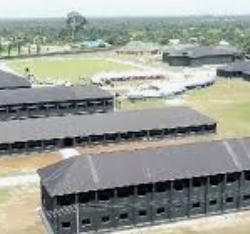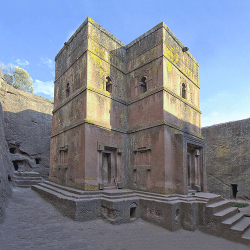How local government in the Philippines is structured, from provinces and municipalities to barangays. Explore the 82 provinces and 17 administrative regions.
What are Local Government Units (LGUs)?
In the Philippines, government authority is divided into local government units (LGUs) to make administration more efficient. LGUs ensure that public services and governance are accessible at the provincial, city, municipal, and barangay levels.
The barangay is the smallest LGU in the country, while the province is the largest. As of 2022, the Philippines has 82 provinces.
Levels of Local Government in the Philippines
- Provinces – The highest form of LGU. Each province is headed by a governor.
- Cities and Municipalities – Found within provinces. Cities are generally more urbanized, while municipalities (towns) are less urban. Both are led by mayors.
- Barangays – The smallest unit of government, often compared to villages or neighborhoods. Each barangay is headed by a barangay captain.
This structure ensures that governance reaches even the most rural areas of the country.
Administrative Regions in the Philippines
To organize government services, the Philippines is divided into 17 administrative regions. Most regions serve as groupings of provinces and do not have independent governments.
However, there are two exceptions:
- Bangsamoro Autonomous Region in Muslim Mindanao (BARMM)
- Cordillera Administrative Region (CAR)
These regions have their own autonomous governments with more power than standard regions.
List of Regions and Regional Centers
Here’s a full list of the 17 regions of the Philippines and their regional centers:
| Region | Designation | Regional Center |
|---|---|---|
| Ilocos Region | Region I | San Fernando, La Union |
| Cagayan Valley | Region II | Tuguegarao, Cagayan |
| Central Luzon | Region III | San Fernando, Pampanga |
| CALABARZON | Region IV-A | Calamba City (de jure), Lucena City (de facto) |
| MIMAROPA | Region IV-B | Calapan, Oriental Mindoro |
| Bicol Region | Region V | Legazpi, Albay |
| Western Visayas | Region VI | Iloilo City |
| Central Visayas | Region VII | Cebu City |
| Eastern Visayas | Region VIII | Tacloban |
| Zamboanga Peninsula | Region IX | Pagadian, Zamboanga del Sur |
| Northern Mindanao | Region X | Cagayan de Oro |
| Davao Region | Region XI | Davao City |
| SOCCSKSARGEN | Region XII | Koronadal, South Cotabato |
| Caraga | Region XIII | Butuan |
| Bangsamoro Autonomous Region in Muslim Mindanao (BARMM) | – | Cotabato City |
| Cordillera Administrative Region (CAR) | – | Baguio |
| National Capital Region (NCR) | – | Manila |
| Negros Island Region (NIR) | – | Bacolod, Dumaguete |
- The Philippines has a four-tier LGU system: Provinces → Cities/Municipalities → Barangays.
- There are 82 provinces (as of 2022) across the country.
- The Philippines is divided into 17 administrative regions, but only BARMM and CAR have autonomous governments.
- The barangay is the smallest LGU, while the province is the largest.
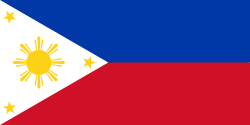
Philippines’ local government structure ensures that governance is both centralized through regions and localized through barangays, balancing national oversight with grassroots participation.

